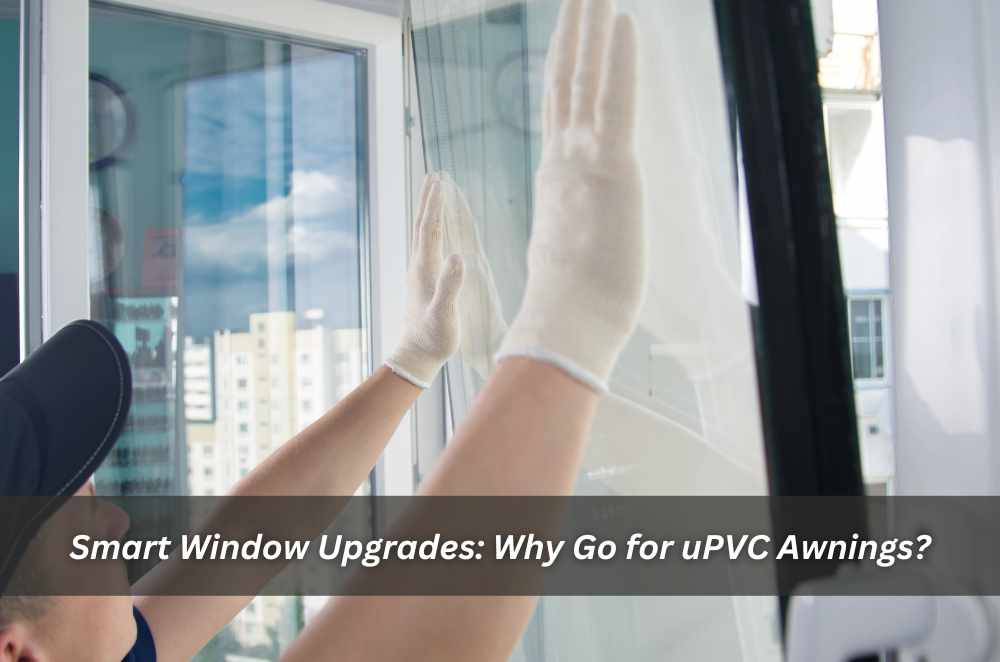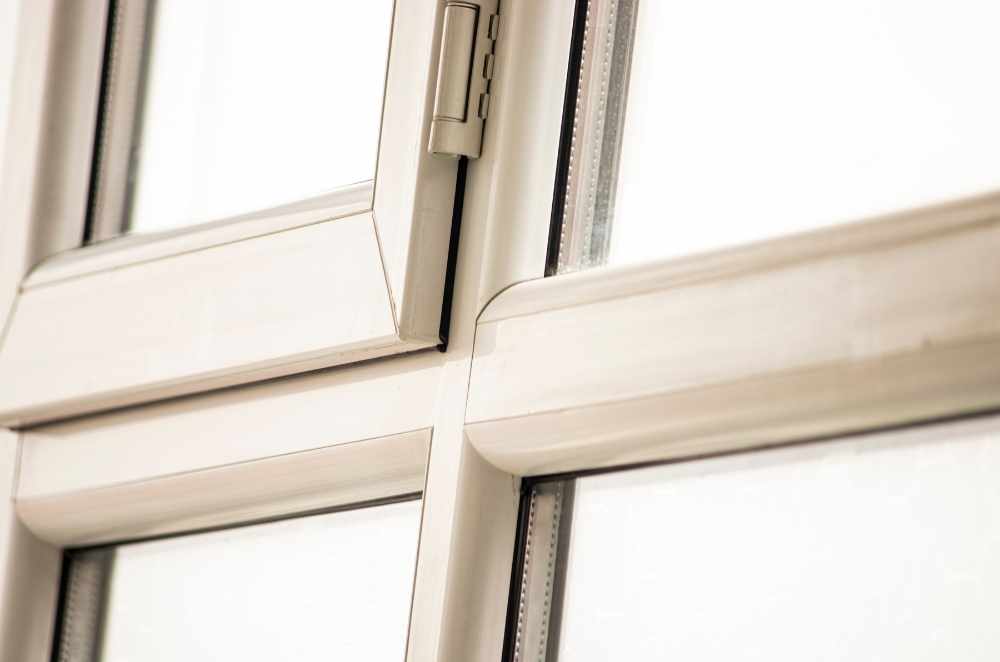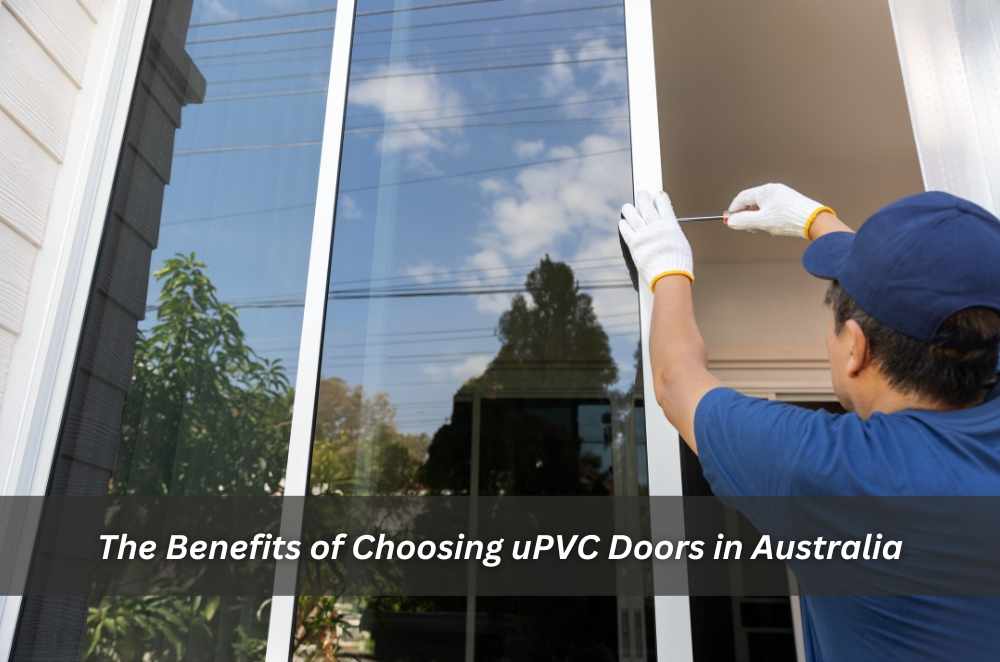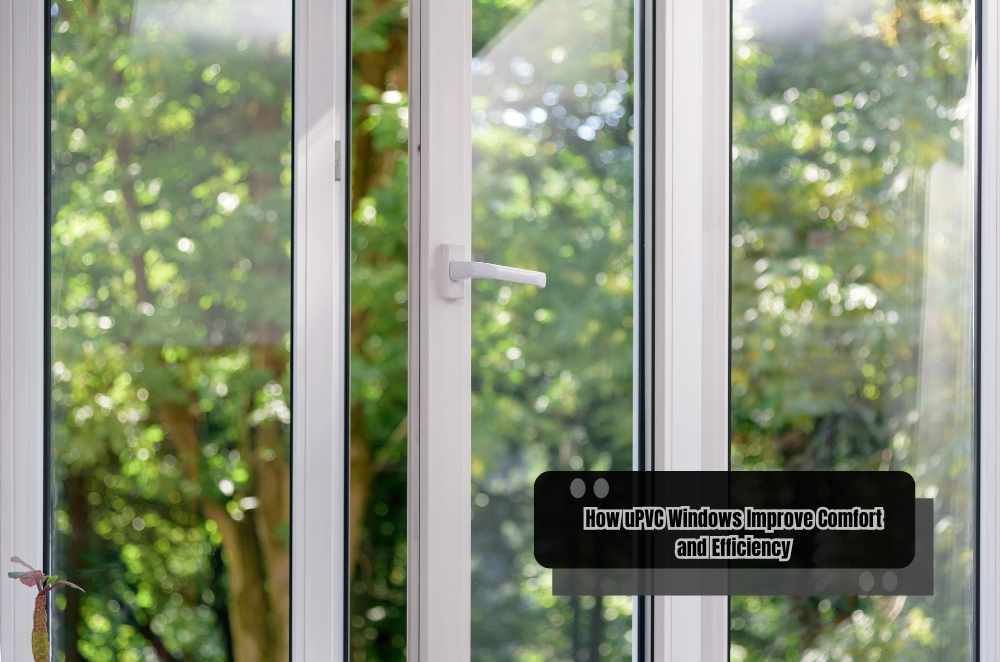
Windows are more than just panes of glass. They frame your home, invite in light, and—when chosen well—can dramatically improve ventilation, insulation, and even resale value. But with so many types on the market, it’s easy to get overwhelmed.
One style that’s quickly gaining popularity across Australian homes? Awning style uPVC windows.
Whether you’re building new or replacing tired timber frames, uPVC awning windows offer a smart mix of performance and low maintenance that traditional materials can’t quite match. And if you’re chasing both comfort and savings? These might just be your best bet.
Here’s why.
What makes a window an “awning” type?
Let’s start with basics.
An awning window is hinged at the top and opens outward from the bottom, like—you guessed it—an awning. You usually crank it open using a handle or operator.
Why does that matter? Because this design offers a few key benefits:
You can leave them open during light rain—water sheds away from the opening
They provide solid airflow even in tight spaces
Their slanted opening helps push hot air upward and out
They pair well with fixed panes or stacked in narrow spaces
In short: they’re simple, efficient, and ideal for bathrooms, kitchens, and high-positioned walls where you still want ventilation.
Why uPVC is changing the game
In Australia, we’ve traditionally favoured timber or aluminium frames. But uPVC—short for unplasticised polyvinyl chloride—is becoming the go-to material for homeowners who want performance without the upkeep.
Here’s why uPVC is turning heads:
Durability: It doesn’t rot, rust, warp, or flake—even in salty coastal air
Thermal efficiency: uPVC is naturally insulating, reducing energy loss
Noise reduction: The tight seals and multi-chamber profiles block out street noise
Low maintenance: A quick wipe with soapy water keeps them looking new
Fire and UV resistance: Australian-grade uPVC is designed to handle harsh sunlight and meet bushfire compliance in many zones
Unlike timber, it won’t expand or contract with moisture. And unlike aluminium, it doesn’t conduct heat—so you don’t get hot window frames in summer.
Real-world case: Coastal home, coastal winds
A family in Wollongong recently upgraded all their front-facing windows to uPVC awning style. Why? Because wind-driven rain kept soaking their timber frames, and the salty air was causing corrosion.
After switching, their home stayed quieter, drier, and cooler—even with those same coastal gusts. Plus, they could now leave the windows cracked during wet days without worrying about rain blowing in.
How they stack up for energy efficiency
Window performance isn’t just about looks. It’s about how well your home retains cool air in summer and warmth in winter.
uPVC awning windows shine here because of:
Multi-point locking systems that reduce air leakage
Deep sash designs that allow for thicker double glazing
Fusion-welded corners that eliminate weak spots
Tight compression seals that block drafts
Many units exceed minimum energy-efficient windows standards, meaning you save on heating and cooling year-round.
And over time, that adds up to serious energy savings—especially in older homes with single-glazed aluminium windows.
What to ask when comparing window quotes
If you’re shopping around, don’t just look at price. Ask these:
Are the uPVC profiles Australian-certified for UV and heat?
What’s the U-value and SHGC (solar heat gain coefficient)?
Is double glazing standard, or extra?
Are the hinges stainless steel for corrosion resistance?
Do they include flyscreens and locks?
Also ask about warranty length—and who installs them. Even the best product will fail if it’s poorly fitted.
Where awning windows work best
Because of their top-hinged design, awning windows work beautifully in certain areas of the house:
Bathrooms: Keeps moisture venting up and out
Kitchens: Great above benches or sinks
Hallways or stairwells: Adds light and airflow high on the wall
Bedrooms: Paired with fixed panes for light + ventilation
Small rooms or studios: Their space-efficient design makes them easy to incorporate
Want more ideas? Check out the benefits of awning windows, which dive into room-by-room suggestions.
How do they perform for security?
Pretty well, actually.
Because awning windows open outward from the bottom and close into the frame with compression seals, they’re harder to jimmy open than traditional sliders. Especially when paired with:
Multi-point locking
Reinforced uPVC profiles
Internal glazing beads (glass can't be removed from outside)
Optional security screens
And if your unit’s double glazed with laminated glass? Even better.
Maintenance: what it actually takes
One of the biggest reasons people switch to uPVC is how little you have to do to maintain them. No sanding, sealing, or repainting—ever.
Every few months, just:
Wipe down frames with mild detergent
Check that drainage holes are clear
Lubricate hardware if needed
Rinse flyscreens when dusty
They’re ideal for lock-and-leave homes or busy families who want less fuss.
Considerations before installing
uPVC awning windows aren’t perfect for every spot. A few things to factor in:
Because they open outward, they’re not ideal near walkways or narrow outdoor areas
They require clear space outside to function properly
If installed too low, rain splashback could dirty them faster
Not suited for every heritage listing or extremely bushfire-prone zones (check BAL rating compatibility)
Still, for most suburban homes, apartments, and coastal builds—they tick all the boxes.
Need help selecting the right style for airflow and layout? This guide on how to choose windows for ventilation is worth bookmarking.

Final thoughts: Why awning + uPVC is a winning combo
In the world of windows, the smallest changes can make the biggest difference. And switching to uPVC awning windows is one of those upgrades that pays off in both comfort and longevity.
They’re clean-looking, energy smart, tough against weather, and easy to live with. For anyone upgrading an older home—or locking in smart specs for a new one—it’s hard to go past their value.
So next time you’re standing in your steamy bathroom or cooking by a stuffy sink, think about this: with the right windows, fresh air is only a crank away.




Write a comment ...